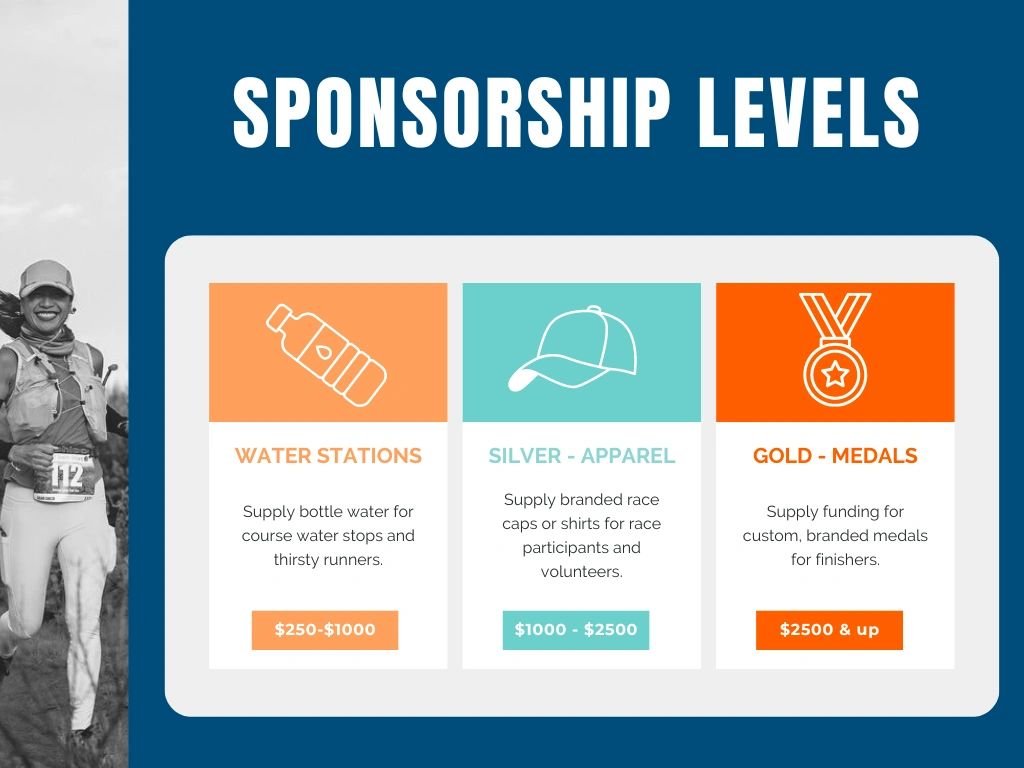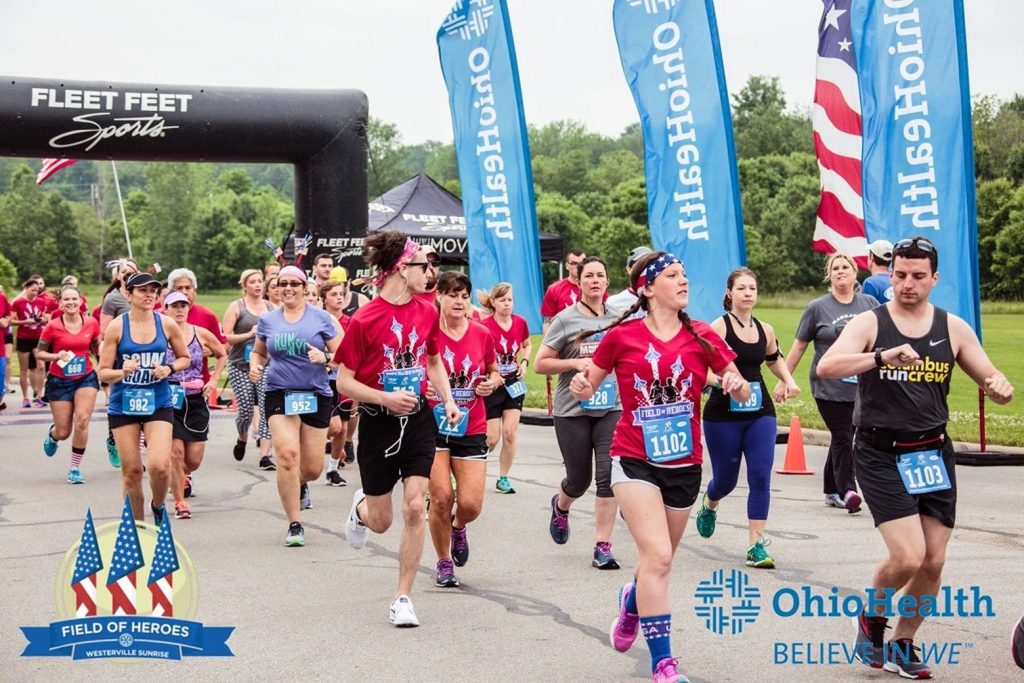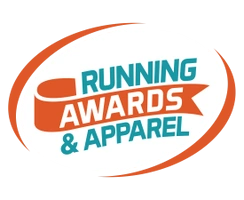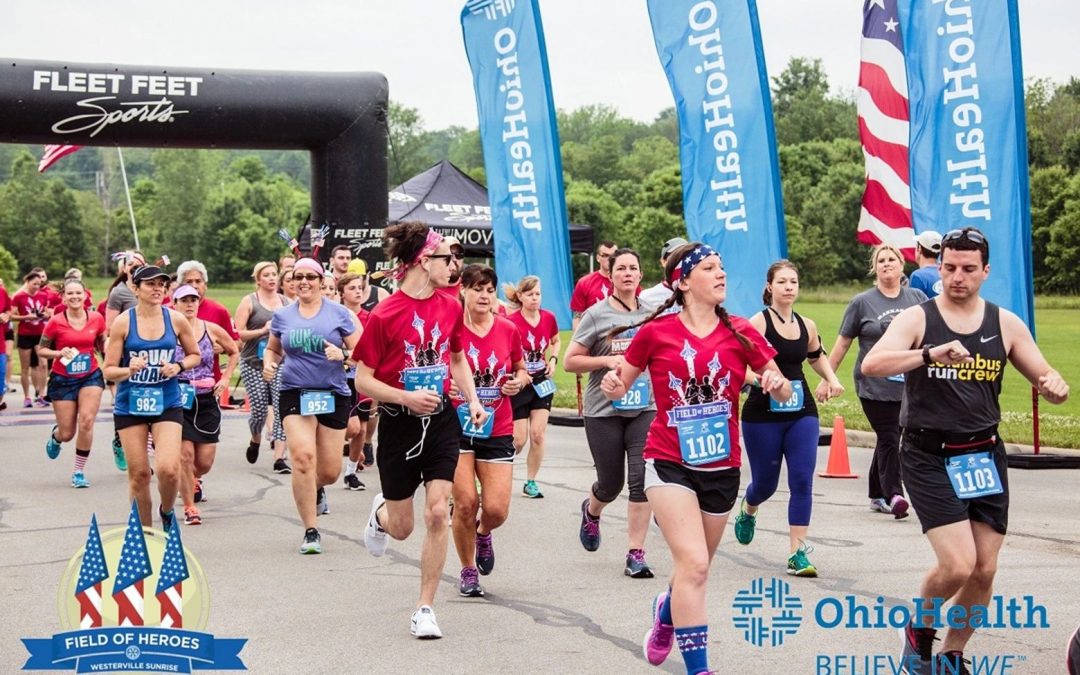Looking for eye-catching race sponsors? Hoping to create long term relationships that keep them on your event team year after year? Are you looking for first rate organizations to help build the status of your running event?
You are not alone, and you are certainly not the first. Sponsorship has been a major component in athletic events since ancient times when it was the Roman Emperors and their sponsored gladiators. Even our early Olympic athletes were bestowed with gifts sponsored by elite families of the Classical era.
In these modern times, the primary reasons for sponsorship remain the same: for both athletes and their sports events to gain support and exposure, and for sponsors to earn patronage within their communities. Both are looking for a return on their investments.
While those reasons remain the same, the steps organizers need to take to earn sponsorships have changed with every passing decade. These days, you’ve got to keep up with the evolving media world and need to:
- adapt your approach and think like a sponsor from a marketing standpoint, and
- align the benefits of sponsoring with each potential sponsor’s needs.
Know this: event sponsor alignment takes some homework.
Homework means research of your potential sponsor’s company as well as their current marketing and social media platforms. What are you looking to learn?
- Do they sponsor other events or fundraising efforts?
- Are those sponsorships prominently displayed?
- If so, how does your event compare to those displayed?
- What is the corporate message conveyed?
That corporate message could be that they support athletics and good health for communities. It could be that they support the same type of causes as your own organization. You have found a great prospect if either or both of these is true.
A quick sponsorship pitch is critical.
Once you have identified potential sponsors, use your homework results to hone your approach and develop your pitch. You only have a brief moment to capture attention and showcase the benefits sponsorship can bring. Use your common ground to do so, along with a killer Sponsorship Package.
What does a good Sponsorship Package look like?
Like media kits from large publications, a sponsorship package needs to be attractive and also provide the following information:
- Who is the audience and how are they related to the sponsor’s business goals?
- How much exposure, and how many attendees are expected with the event?
- What are past results for other sponsors and with fundraising goals?
- What is the media exposure for the event?

Example of Sponsorship Level explanation as part of a Sponsorship Package.
Sponsorship Levels need to be clearly outlined and should include:
- Level title – this can be clever and should identify exactly what the sponsorship is covering or providing, i.e., Race Medal Sponsor or Race Shirt Sponsor.
- Level value – the dollar amount of the sponsorship, whether in-kind value of goods or cash.
- Benefit to Sponsor – how will their name and logo be displayed and how will they be recognized?
- Will the company logo be placed on running shirts or hats? On swag bags? Be open to suggestions from your sponsors.
Follow up and recognition is critical after the event.

Branded Race Shirts with prominent sponsor info printed on the back – Run San Ramon Race
Within a week after your event, be sure to follow up with your sponsors and let them know the results of your efforts and their specific involvement. Be precise about their contributions.
Recognize sponsors with a commemorative award that can be displayed in a prominent space and/or with a personalized gift to the person with whom you worked directly. Gifts like these go a long way to ensure long lasting relationships. Our sister company, Awarding You, would be a great source for this recognition.
For more tips on creating successful running events, visit our Race Director Tips & Tools section.

